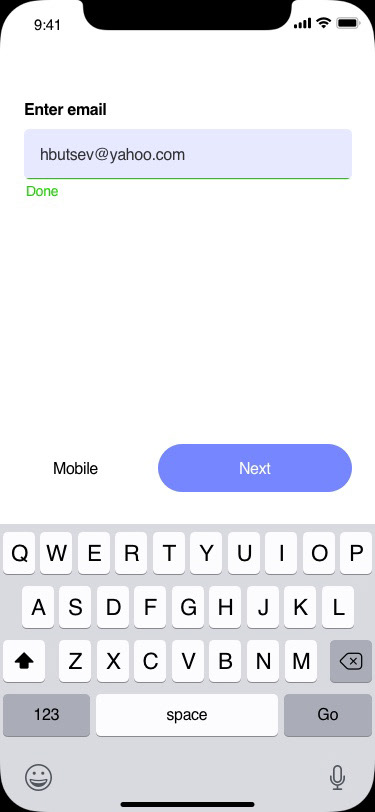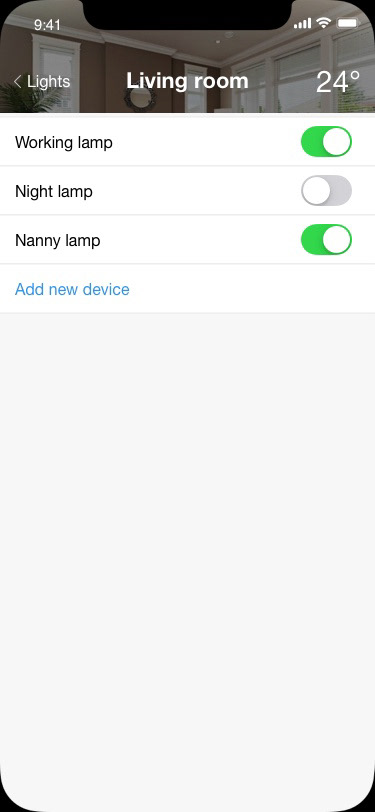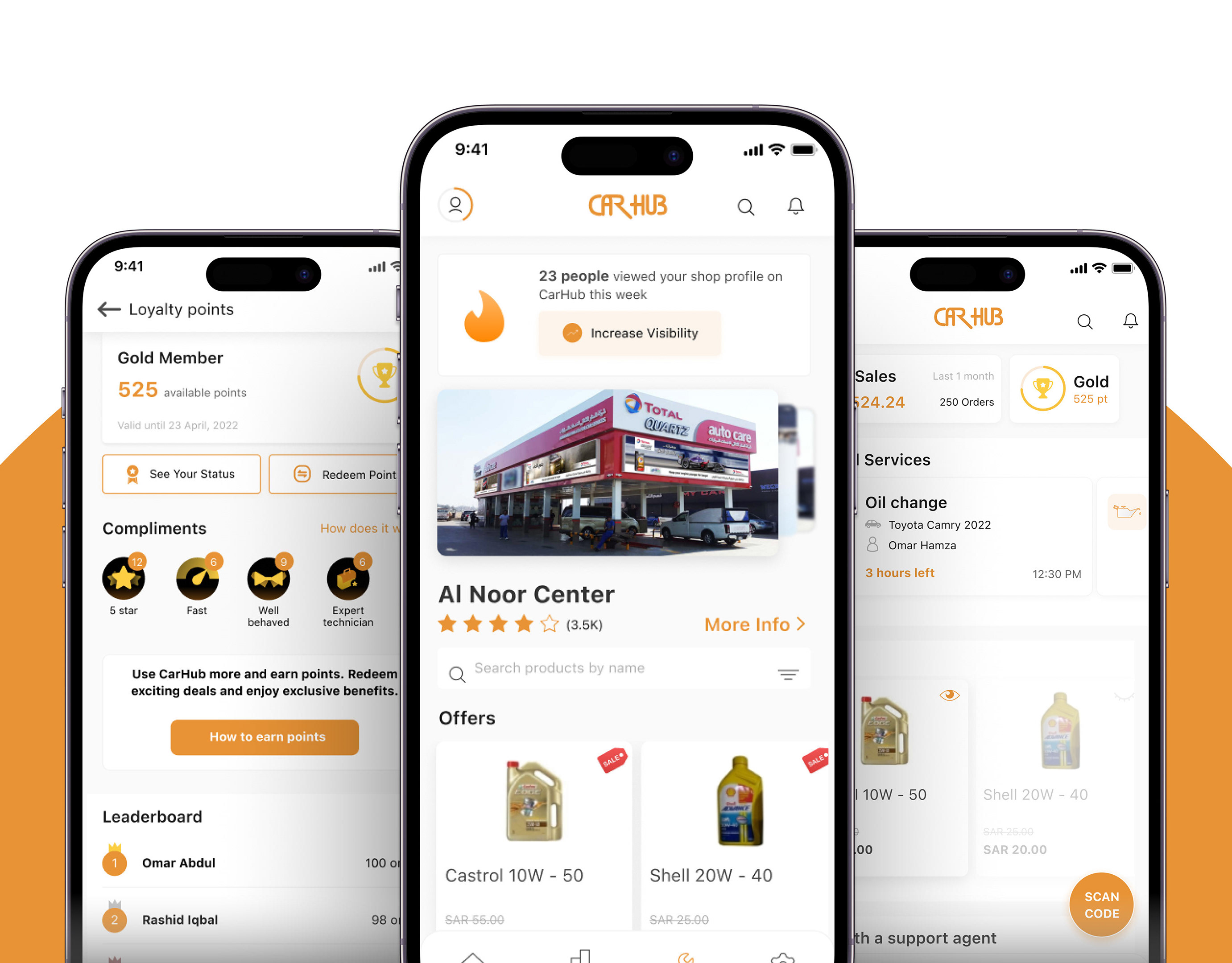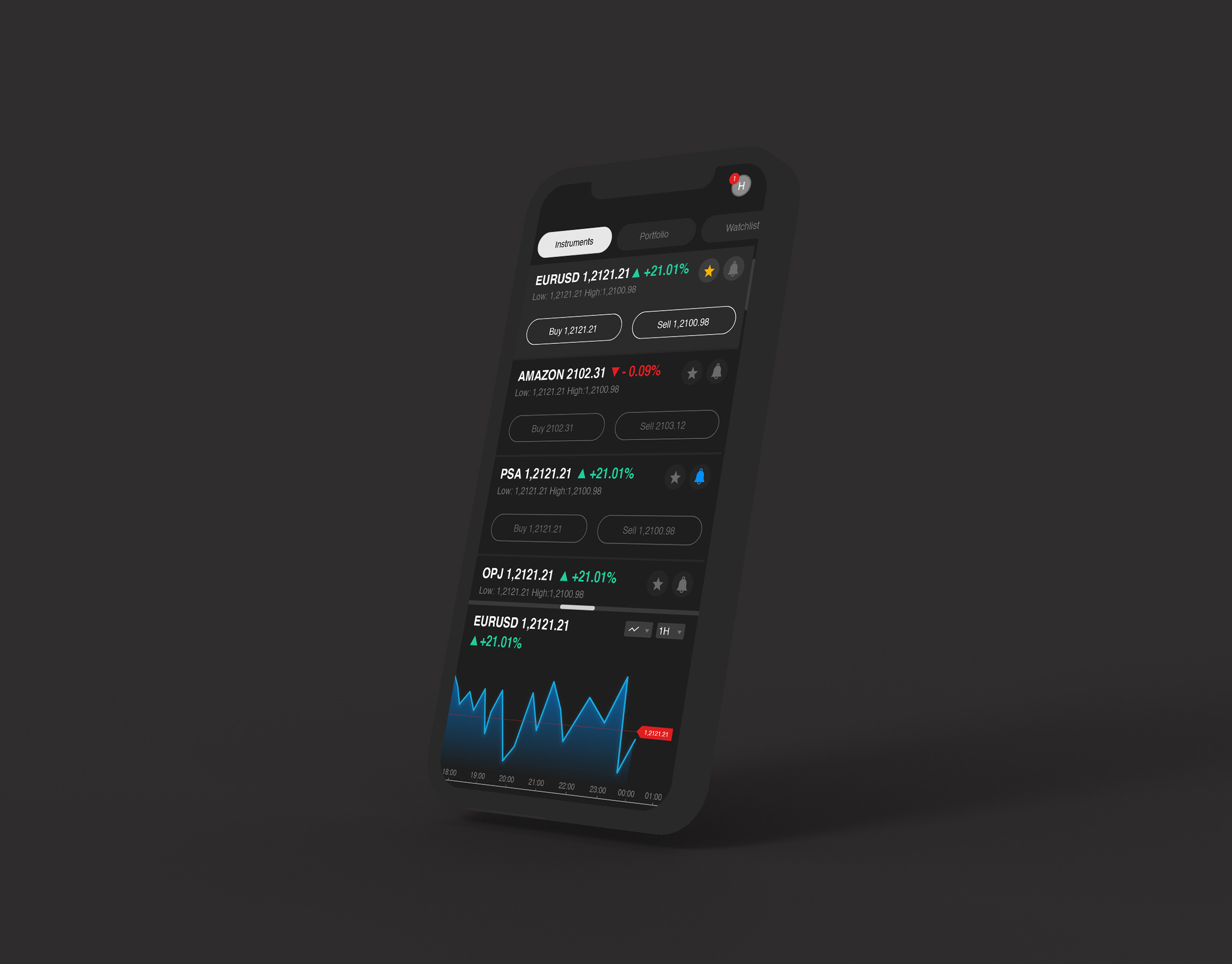Homey
Native app for smart devices managing the home environment
The challenge
A new company called Homey wants to create a product which can support people with managing their homes remotely - they are providing IoT devices and native app platforms for their customers. The challenge is to visualise and create companies native application with all the needed features and functionalities which will help their customers monitor and control their homes remotely. The app should allow the user to easily adjust the temperature, lights, and music in their environment.
The discovery
Starting with this project I collect data from the company about their clients. What I found?:
1. Over 60% of people using similar products are between 25-34;
2. Males were the prime users - 57%;
3. Tech-savvy users - they understand well modern technology trends
What did this mean?:
1. Man users are demanding fast and maximum of 2-3 interactions to the point they will accomplish their goal;
2. Visuals need to be clear;
3. Use an up-to-date approach
How will be measured success/failure?:
User retention level for 10 weeks and their average usage time doing specific tasks.
Let’s do it
Building the strategy
Starting working on this project I was a little bit confused about what kind of application this can be. One question comes up to my mind - what features need to be in it or to be more specific what do people want to control when they are away? I've made a focus group of 8 people - between 18 and 65 who use similar applications for climate or music control. I've asked them "When you are outside what do you want to monitor from your home environment?". The results were interesting:
- 20% of the users want to know did they locked the doors;
- 40% of the users mentioned that they want to control the climate/temperature and change it before they come back;
The rest 40% were not sure what they need but the common issue between them was lighting and sound. Some of them want to know did they turn off/on their night or dinner lamp and also they want to manage their sound system remotely for some reason.
Summarising their answers I've managed to write down four functionalities - climate, light, music, and door locked or unlocked.
After managing to define user core needs I start to work around these functionalities by creating a very high-level of some wireframes to define how things will work.
Vision for functionality
Starting from here my main goal was to define my design framework and how different functionalities will work in harmony and what UI elements to use in order to serve the ultimate functionality for the end user. Managing different components and making them work for the different functionalities was quite a task but slowly I've managed to go near to what was needed.
Creating flow map was crucial for this project to define every screen around the app but also to see where probably issues can come up. Defining well every connection between different sections showed me that we need a compact and very straightforward connection between different parts.
TRE Method Transparency, reusable elements and ease of use
From the start, I was looking to create not only visually appealing design but also functionality for every element - why? - to seduce the user making his or her experience completely seamless.
Summary
After this very brief explanation for what and why in summary I can say that my style - minimalistic and practical influence everything about this project.

Registration/Login

Email registration

Mobile registration

Receiving verification code

Type password

Hey Siri command

Hey Siri Listen

Hey Siri doing what is needed

Controls

Climate

Doors

Lights





